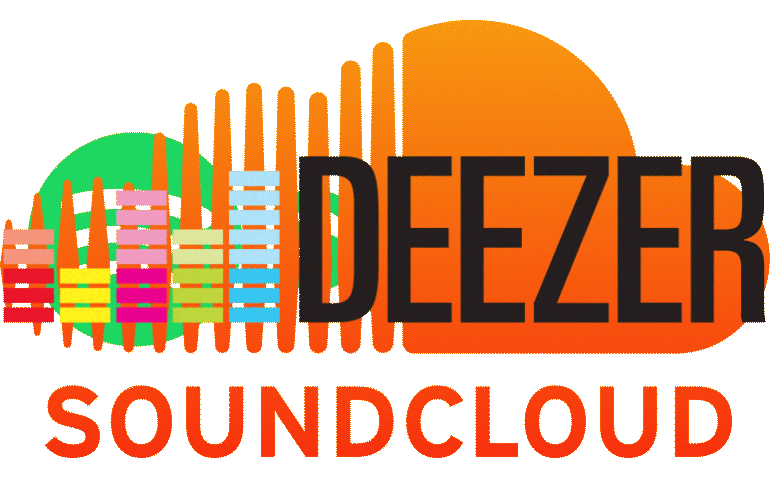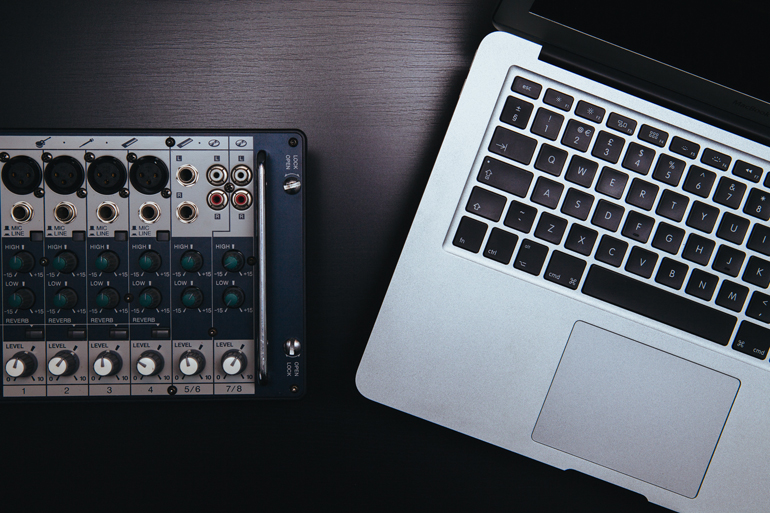
It is a vast but crucial subject in today’s music world. When Napster first came to life at the end of the nineties, no one could really anticipate the deflagration yet to take place. At least not the majors. When RADIOHEAD released 2000’s Kid A, it was the first front-row release to be streamed before being available in record shops. It just said that the music rules of the XXth century were over, and that everything will have to be rebuilt again. In its first decade, the new millennium was chaotic and anarchic. Everything was ravaged, small and big music actors included. After some years though, people started to discover and build new rules and new ways to do it, to make it, to live it. We’re still in the construction of all of this, and this ultra-short synthesis will be vulgar if you expect it to be perfectly exhaustive and well-referenced. We’ll just share some ideas in a very short format with the hope that some of it might interest you.
First: let’s understand how it’s working right now
We are in an era where recording or writing music has lost its value. The more time goes, the less you can consider the solely act of being a music writer as a sustainable activity: It isn’t a job anymore. Anyone can download a music software on their computer and start making kind of ok-tunes with a bit of practice. Of course must of it will be uninteresting and uncreative, but what it says is that the new generation – which has been growing up with that fact – has hard time thinking that it actually has a financial value. Nowadays, the basis of a musician is to go live on stage, and the music industry is now shifting its focus toward that. It is a way to re-create a connection between artists and audiences, in a more honest way.
Our era is also about faking everything out of ourselves – our social feeds included. Therefore, seing someone losing his mind on stage, it’s also something about honesty. Something you don’t necessarily feel when you dig songs online.
How we consume music online is still a land of newness. Though, rules and trends have emerged, and the music business has started to understand how they have to play with that. Artists are much concerned about this, because it is both a tool for social empowerment and a huge loss of monetization for their creations. We’ll stick with our RADIOHEAD example as the band experimented several times in this field. 2008’s In Rainbows was premiered by a pay-what-you-want system that let you download the piece for nothing if you wanted. In the end, It was their most profitable album in terms of benefits. 2014’s Tomorrow Modern Boxes is the last solo project of front leader THOM YORKE. It was released via the P2P system BitTorrent – an initiative that has recently come the platform to adapt its structure for this use.
But not everyone is THOM YORKE – even if the idea is appealing: thanks god! – and for this article to share some facts we need to go down on mechanics. For an euro of revenue in the streaming world, a third of it generally goes to the platform, a third goes to the Multi Chanel Network (MCM), and the last third is for the label and the artist. With the first rounds of revenue, the label takes it all until its investment is guaranteed to be profitable. Then the label shares its revenues with the artist that usually ends up with 10% of the global streaming revenue. It is not a lot, and it says a lot about how the system has become quite complex, structured, hierarchized. In this equation, let’s be curious about the third that goes to the MCM. Their role is to promote the diffusion of the creations in this wild digital world. They make sure music is available on all platforms, and most importantly they try to include your songs in playlists and play with the different platforms algorithms to make it front-row.
It is also a process that isn’t exclusive to music. The way we’re currently seeing ‘YouTuber’ as a new job qualification, and the way that in medias sponsored contents is more and more the way to go can be seen as a bit frightening. Your favourite youtuber might be paid to show you a game or make an ‘unboxing’ a certain product, but you don’t know it. Your favourite media might be paid to host a content non written by its writer and that’ll promote something within the readership’s interest, and you don’t know it. It is the same with music and how playlist have become that important. Our new living paradigm has a name, it is called ‘curation’.
Then: what’s this curation you’re talking about?
You have to realise that of every streaming platforms you could think of – Spotify, Apple Music, Tidal, Deezer, Soundcloud, even Youtube – around 90% of the catalogue consists of tunes written after the year 2000. Out of all of this, 90% of the listen on online music is for 5% of the global catalogue. The most important thing that matter to this industry right now is to understand how they can push you to listen to their songs online out of this wide chaotic digital land. That’s why every actors of the music industry has now its own editorial teams. Their names are Digster (Universal) Filtr (Sony) and Topsify (Warner) for the majors. But the big streaming platforms also have their editorial teams to create playlists. These playlists are crucial to promote 95% of the catalogue that is hidden, or to make newcomers emerge out of the void. In its GTU, Spotify states that is illegal for playlist makers to earn revenues out of their selection – you can’t earn money from a label from promoting one of their artist. Spotify also communicates a lot about how their own curators are disconnected from the labels and don’t have direct contact with them.
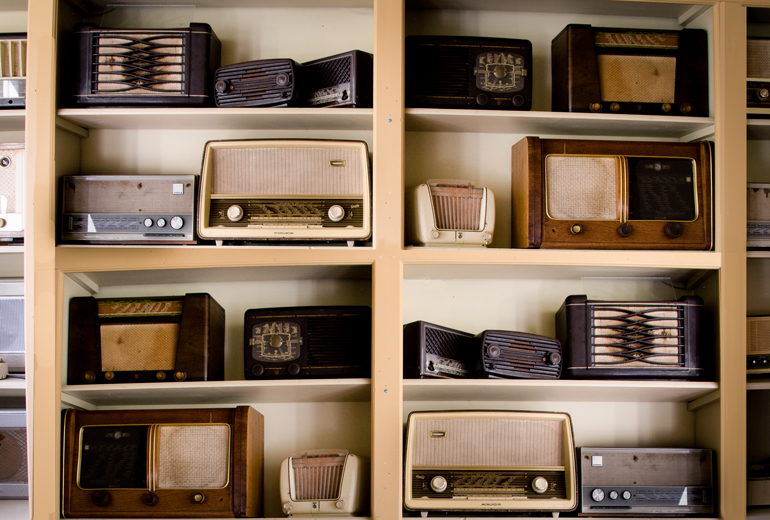
Curation is all about selecting contents and ideas in a world too buzzy, too complex, too interconnected to make any sense. Curation is drawing stories to have it clear, understandable, consumable. That’s why it’s that much of an important matter today – not only in the music world. How we access information will define what cultural experiences and tales we’re letting ourselves exposed to. That’s why it’s the job of some people over there to influence the curation that is taking place.
Digital and ideas, digital and culture – it is linked now more than ever, and the numerous algorithms that are standing between you and what you access on the internet is a good representation of that.
In the music industry, it means that sometimes, small spontaneous and honest-looking phenomenas will be tempted to play a role out of this. You might be following a youtube music channel that make you discover new music – know that you’re interested in them as much as the industry is. Youtube is a very good example of that, as 10% of the global streaming revenue comes from this platform. Sometimes, songs are uploaded by nobodies but Youtube then monetizes it so that everyone earns a bit of money. A lot of the Youtube catalogue is still non-monetized, but you can be sure that it’ll be soon totally structured. The generations of platforms that’ll come afterwards will surely be an alternative to this just-born system. Because we’ll also progressively loose freedom with them, and because when there are new needs our digital era proved itself to always present new initiatives.
Finally: what are we? Consumers, more than that?
Albums are less important now, writing stories is less important now. What matters is how fast you can consume and discover new music, new ideas. It is becoming hard to concentrate on what you listen and somehow you can legitimately feel overfed – it’s a feeling that we as writers can feel, being that much involved in this sector. It all depends on you to recreate links and connection with artists you listen to. Taking the time to listen to albums in environments that will make you live it, taking the time to fully listen to them – it’s by this kind of cultural reflexes that we can not only consume music, but make it part of our life. Go to concerts, to clubs, to raves – make it yourself, your own. It’s the best way to make the most out of music.
